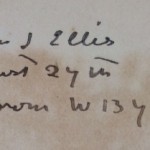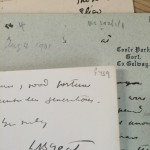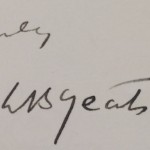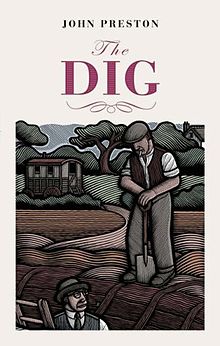We are thrilled  to announce that Reading’s University Library and Collections Services (ULCS) is now a member of RLUK (Research Libraries UK), an alliance of leading libraries in the UK.
to announce that Reading’s University Library and Collections Services (ULCS) is now a member of RLUK (Research Libraries UK), an alliance of leading libraries in the UK.
The process to join was competitive, with an interview for shortlisted institutions. Four new members were selected:
- University of Reading
- University of Leicester
- Royal Holloway, University of London
- University of Sussex
University Librarian Julia Munro said, ‘We join an important and influential community that shapes the research library agenda into the future, and we hope to contribute to, and benefit from, RLUK-led initiatives and innovations for outstanding research support services and collections in a digital age.’
In a statement on their website, the Chair of RLUK John MacColl noted: ‘We were very impressed with the quality of the applications we received from libraries wishing to join RLUK. All four of our new member libraries were able to demonstrate their commitment to the values of RLUK, and we are sure that they will improve our existing organisation. They will bring new insights to the challenges we face both institutional and collective, delivering innovative research support services, and refreshing our approaches to the enduring task of building and caring for collections.’
The Directors of the Libraries from the four new members (John Tuck, Caroline Taylor, Julia Munro, and Kitty Inglis) confirmed that they were ‘thrilled to be joining the RLUK community, and look forward to working with colleagues from an exceptional group of institutions and contributing to the re-envisioning of the research library in a digital age.’










